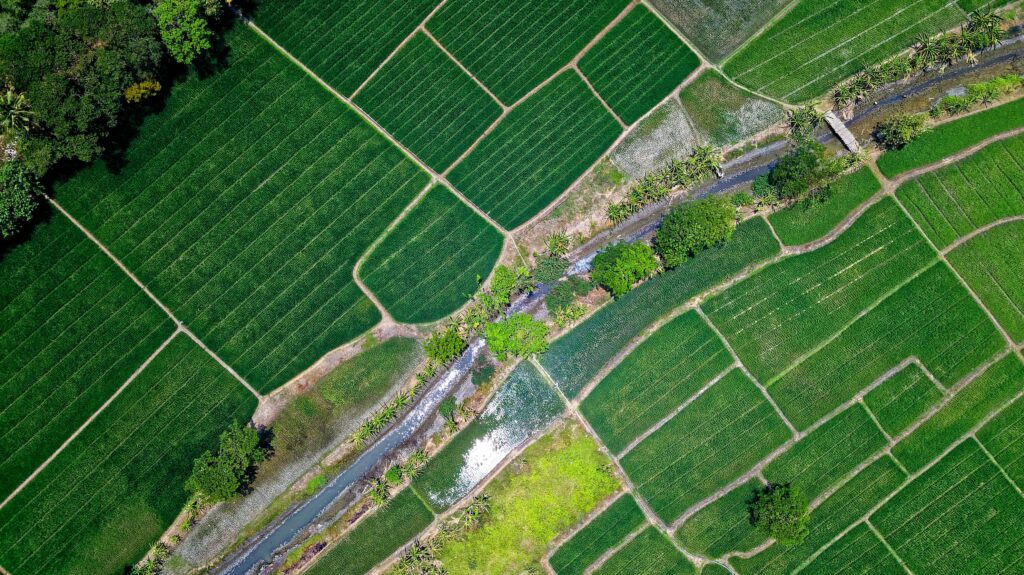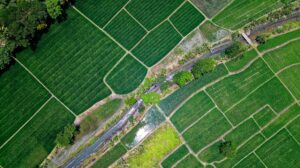The lush landscapes of the Caribbean are not only a testament to natural beauty but also a living history of agricultural legacies. Historical plantations scattered across the islands stand as monuments to the region’s complex past, blending tales of colonial exploitation with the enduring traditions of local communities. These plantations, once centers of sugar, coffee, and spice production, now play a pivotal role in preserving cultural heritage and promoting sustainable agriculture.
The Legacy of Caribbean Plantations
Caribbean plantations have a storied history that reaches back centuries. From the 16th century onwards, European colonial powers established vast estates across the region to cultivate cash crops like sugarcane, tobacco, and coffee. These plantations were worked by enslaved Africans and later indentured laborers from Asia, shaping the demographic and cultural landscape of the Caribbean. The remnants of these plantations, with their Great Houses and sugar mills, serve as poignant reminders of this tumultuous past.
One notable example is the Rose Hall Estate in Jamaica. This sprawling plantation, with its imposing Georgian-style mansion, is steeped in legend and tragedy. The estate was once owned by the influential Palmer family and is famously associated with the tale of Annie Palmer, the “White Witch of Rose Hall.” Today, Rose Hall offers guided tours that delve into its history, allowing visitors to explore the plantation’s grounds and gain insights into Caribbean plantation life.
Preservation Efforts and Cultural Revival
In recent years, there has been a growing movement to preserve and repurpose historical plantations across the Caribbean. Many of these estates have been transformed into heritage sites and agro-tourism destinations, attracting visitors keen to learn about the region’s agricultural past. Organizations and local communities are actively involved in restoring plantation buildings, reviving traditional farming practices, and promoting sustainable agriculture.
The St. Nicholas Abbey in Barbados exemplifies this trend. This Jacobean-style mansion, dating back to the 17th century, is now a working sugar cane plantation and rum distillery. Visitors can tour the estate, witness cane crushing demonstrations, and sample the renowned St. Nicholas Abbey Rum. The estate’s commitment to preserving its historical integrity while embracing modern sustainable practices underscores the importance of heritage conservation in Caribbean agriculture.
Promoting Sustainable Agriculture
Beyond their historical significance, many Caribbean plantations are pioneering sustainable agriculture initiatives. Traditional farming techniques such as agroforestry, organic cultivation, and crop rotation are being reintroduced to improve soil health and biodiversity. Some estates have diversified their crops, growing exotic fruits and spices alongside traditional staples.
In Grenada, the Belmont Estate embodies this approach. This historic cocoa plantation, established in the 17th century, now produces organic chocolate and promotes eco-tourism. Visitors can participate in guided tours of the cocoa fields, learn about the chocolate-making process, and savor artisanal treats at the estate’s café. Belmont’s success demonstrates how sustainable practices can revitalize historical plantations and contribute to local economic development.
Looking Towards the Future
Historical plantations in the Caribbean serve as more than relics of the past; they are catalysts for community engagement, cultural revival, and sustainable development. By embracing their agricultural heritage and adapting to modern challenges, these estates are shaping a new narrative for Caribbean agriculture—one that honors tradition while embracing innovation.
As we navigate an increasingly interconnected world, the preservation of historical plantations stands as a testament to the resilience and creativity of Caribbean communities. By safeguarding these agricultural treasures, we not only preserve the legacy of the past but also cultivate a sustainable future rooted in respect for nature and cultural diversity.










